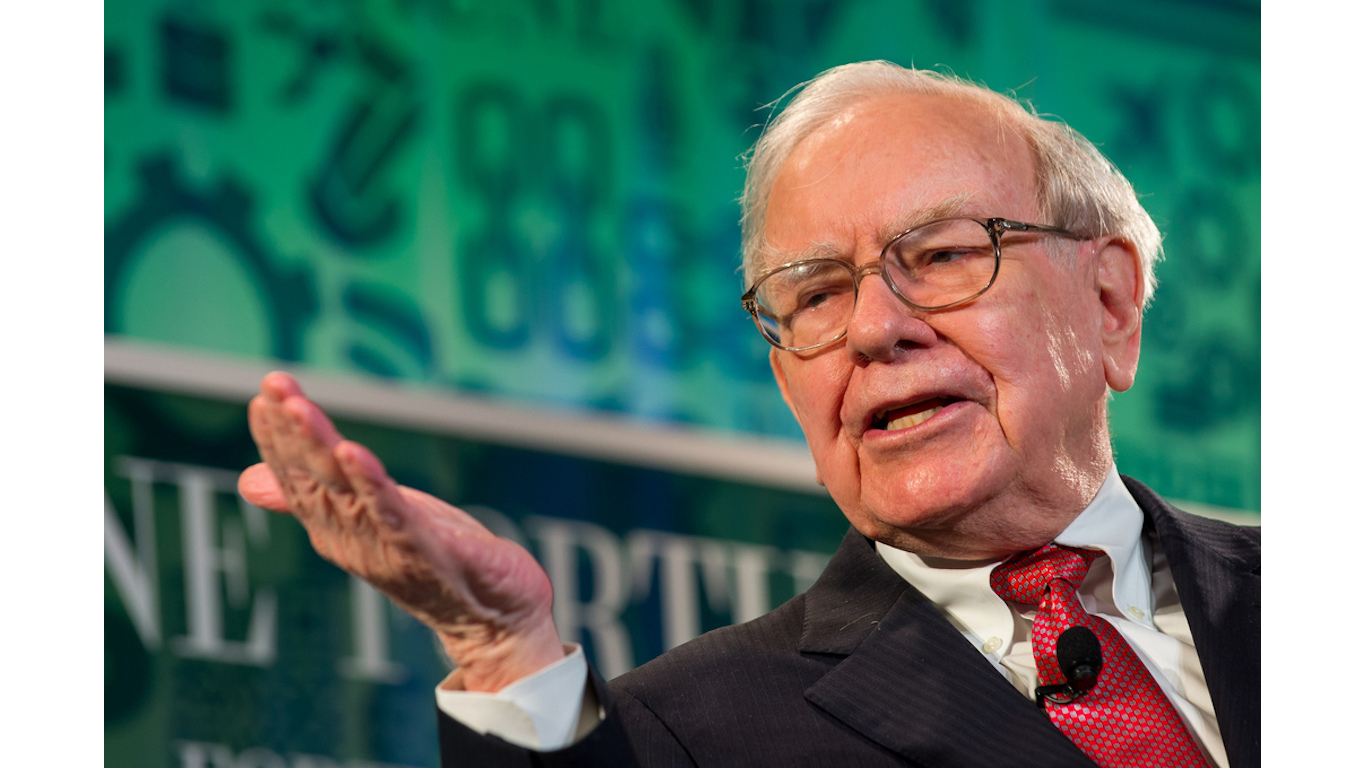
Stock prices usually are considered a proxy for a company’s future. This is particularly true for public corporations that trade large numbers of shares a day. The movement in a stock price of heavily traded stocks becomes a vote of sorts about the company’s progress every day.
It is not unusual for corporate share prices to drop, perhaps sharply, on bad news or when markets are plunging. Amazon.com is one of the most well-run and well-positioned businesses in America. Its stock has sold off, which means investors believe some of its prospects have eroded. But shares are still up 300% in the past five years.
Some public corporations have stocks that have sold down 60% or more in the past year or two. In almost all cases, these companies are in very deep trouble, and in some cases they may not survive. Investors have watched the worst of this kind of stock plunge happen recently with Sears Holdings, which had a breathtaking drop for two years and then filed for Chapter 11. Many of the companies on this list do not have the level of problem that Sears had, but each is likely to have an ongoing and harmful erosion of its core business.
24/7 Wall St. reviewed stocks and singled out nine for which a plunge in share is for all practical purposes a sign that a business is well on its way toward failing.
GoPro Inc. (NASDAQ: GPRO) was in trouble long before the holiday season. Then investors pushed the stock down sharply, because the company said that sales at the end of the year would be poor. As is the case with most consumer electronics companies, holiday sales are essential to success. GoPro’s business model always has been weak. It action video cameras have an army of competition, led by the Apple iPhone and similar smartphones from a number of very large global companies like Samsung. Shares of GoPro were last seen trading at $4.74, in a 52-week range of $4.00 to $7.60. So far, the stock has dropped about 40% in the past 52 weeks.
J.C. Penney Co. Inc. (NYSE: JCP) being in trouble is nothing new for anyone who has watched this stock over the past decade. While most stocks pushed higher over this time, in what was an incredible 10-year bull market, J.C. Penney found a way to hit penny stock status. Even though retail stocks definitely have felt the sting of Amazon, this retailer seems to be suffering a worse fate, a failed business model. The company has been closing stores left and right and has liquidated its property to stay afloat as well. Shares of J.C. Penney were trading at $1.24, in a 52-week range of $0.92 to $4.75. In the past year, this stock has fallen roughly 70%.
Ford Motor Co. (NYSE: F) is facing problems on multiple fronts. First, with the auto industry moving toward more autonomous and electric vehicles, Ford is forced to either sink or swim to deal with the changing market. Unfortunately, it’s been sinking, with Ford stock down about 36% in the past 52 weeks. This is also the result of Ford’s sales shrinking. Most recently, Ford reported that its December sales had dropped roughly 9% year over year, while its full-year sales were down 3.5%. This leaves many tough questions for this automaker to answer going forward. Shares of Ford were trading at $8.35, in a 52-week range of $7.41 to $13.48.
Fitbit Inc. (NYSE: FIT) has had a rough go of things since it debuted in the market in 2015. Shares reached as high as $47 just a few years ago. Now they are a fraction of that price. Huge wearables competitors, like Apple or Alphabet, have dominated the market, leaving little room for Fitbit to sell its products. Although Fitbit has seen a strong start to 2019, a longer look at the chart would suggest that it is not out of the woods yet and there are still more challenges to face. Shares of Fitbit traded at $5.54, in a 52-week range of $4.23 to $7.79. In the past year, the stock is down 11%.
Blue Apron Holdings Inc. (NYSE: APRN) finally reached penny stock status in December, after its initial public offering in the summer of 2017. The food subscription service has been plagued by poor earnings and insufficient growth. This service was thought to be trendy back in 2016 and 2017, but not much has really come from it, and it seems to be just a passing fad. However, a recent deal with Weight Watchers has given this company some life. While Blue Apron could live on, it’s more likely that it would be through an acquisition, and even then for pennies on the dollar compared to when it came public. Shares of Blue Apron recently traded at $0.96 apiece. The 52-week range is $0.65 to $4.20. In the past year, the stock is down 76%.
Weatherford International PLC (NYSE: WFT) was easily a $4 stock back in January of last year, but since then it has dropped to around $0.50, a loss of roughly 87%. Keep in mind that Weatherford is easily one of the most shorted stocks traded on the New York Stock Exchange. So what’s caused this stock to reach so low and why are so many betting against it? This is one of the largest multinational oilfield service companies, and it primarily serves the offshore market, which can be incredibly competitive. Not to mention there hasn’t been enough new drilling for Weatherford to be viable. Recent falling oil prices haven’t helped much either. Shares of Weatherford were last seen at $0.53, in a 52-week range of $0.22 to $4.41.
General Electric Co. (NYSE: GE) is the poster child for this list of companies in deep trouble. This once great firm is facing some tough choices about how to break itself up, most likely with the health care segment spun off, among others. If the health care spin-off is accomplished, the company will be left with an underperforming power business, a thriving aviation business and a struggling renewable energy segment, plus a few other bits and pieces of its former empire. The stock is down about 55% in the past 52 weeks, which would imply a loss of over $91 billion in market cap from this time last year. The kicker is that GE was delisted from the Dow Jones industrial average back in June. Shares of GE traded at $8.67, in a 52-week range of $6.66 to $19.39.
Zynga Inc. (NASDAQ: ZNGA) consistently has been one of the most shorted stocks on the Nasdaq in recent memory. With so many people betting against this video game company, it makes sense that Zynga would be facing some issues. The video game producer has seen inconsistent earnings over the past year and has been forced into M&A to stop the bleeding from its games dropping in popularity. Candy Crush was hugely popular once upon a time and could easily fund the $4 billion firm, but with gamers turning to different games, like Fortnite, it could be a rocky road ahead for Zynga. Shares of Zynga were trading at $4.14, in a 52-week range of $3.20 to $4.57.
PG&E Corp. (NYSE: PCG) is under fire from concerns over a potential bankruptcy. On November 8, shares of PG&E closed near $49. A week later they closed at just over $17. What happened in between may lead the largest gas and electric utility in northern California to file for bankruptcy protection. The company is considering making the filing as a result of devastating and deadly forest fires in 2017 and 2018 that could cost the utility billions in liabilities. Shares of PG&E traded at $18.93 on Monday, in a 52-week range of $17.26 to $49.42. In the past year, the stock is down 44%.
The Average American Is Losing Momentum On Their Savings Every Day (Sponsor)
If you’re like many Americans and keep your money ‘safe’ in a checking or savings account, think again. The average yield on a savings account is a paltry .4%1 today. Checking accounts are even worse.
But there is good news. To win qualified customers, some accounts are paying more than 7x the national average. That’s an incredible way to keep your money safe and earn more at the same time. Our top pick for high yield savings accounts includes other benefits as well. You can earn a $200 bonus and up to 7X the national average with qualifying deposits. Terms apply. Member, FDIC.
Click here to see how much more you could be earning on your savings today. It takes just a few minutes to open an account to make your money work for you.
Thank you for reading! Have some feedback for us?
Contact the 24/7 Wall St. editorial team.

 24/7 Wall St.
24/7 Wall St.



